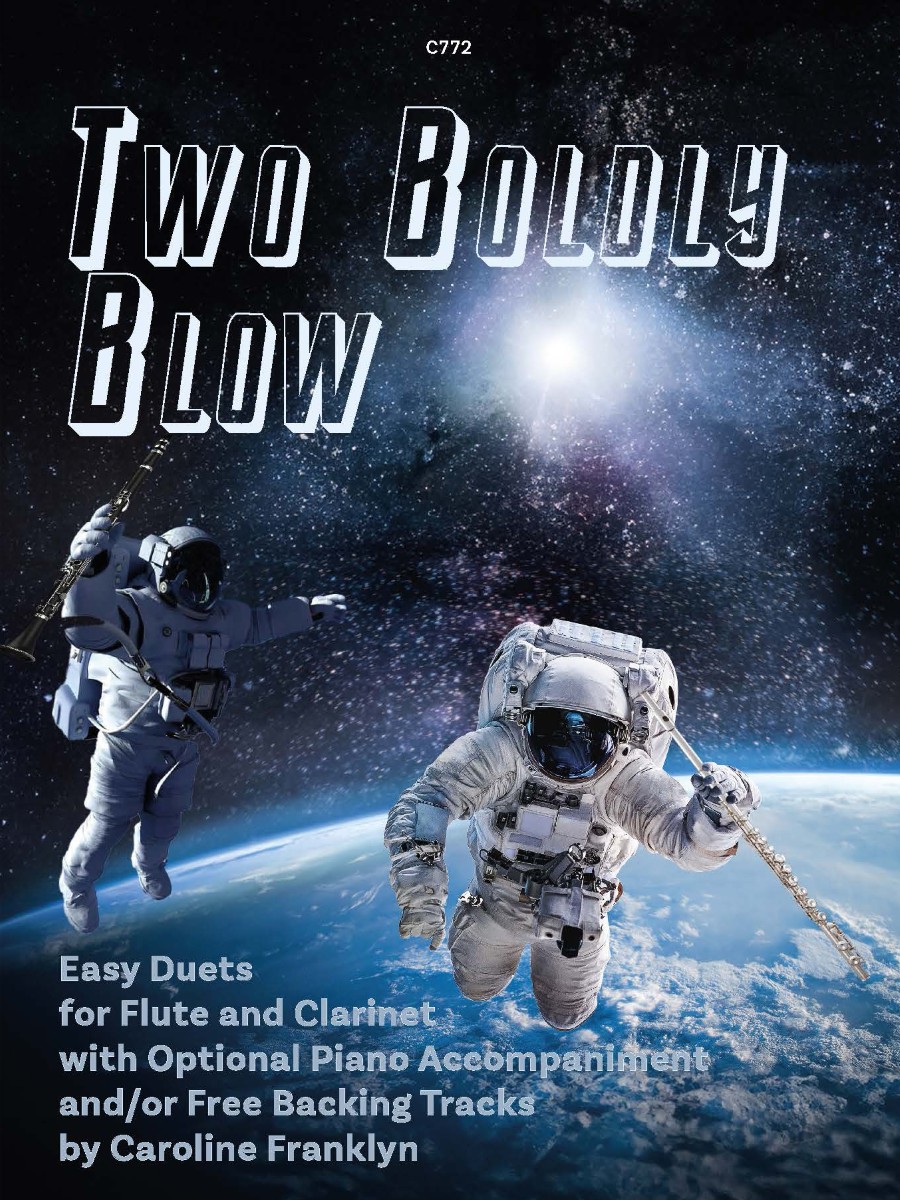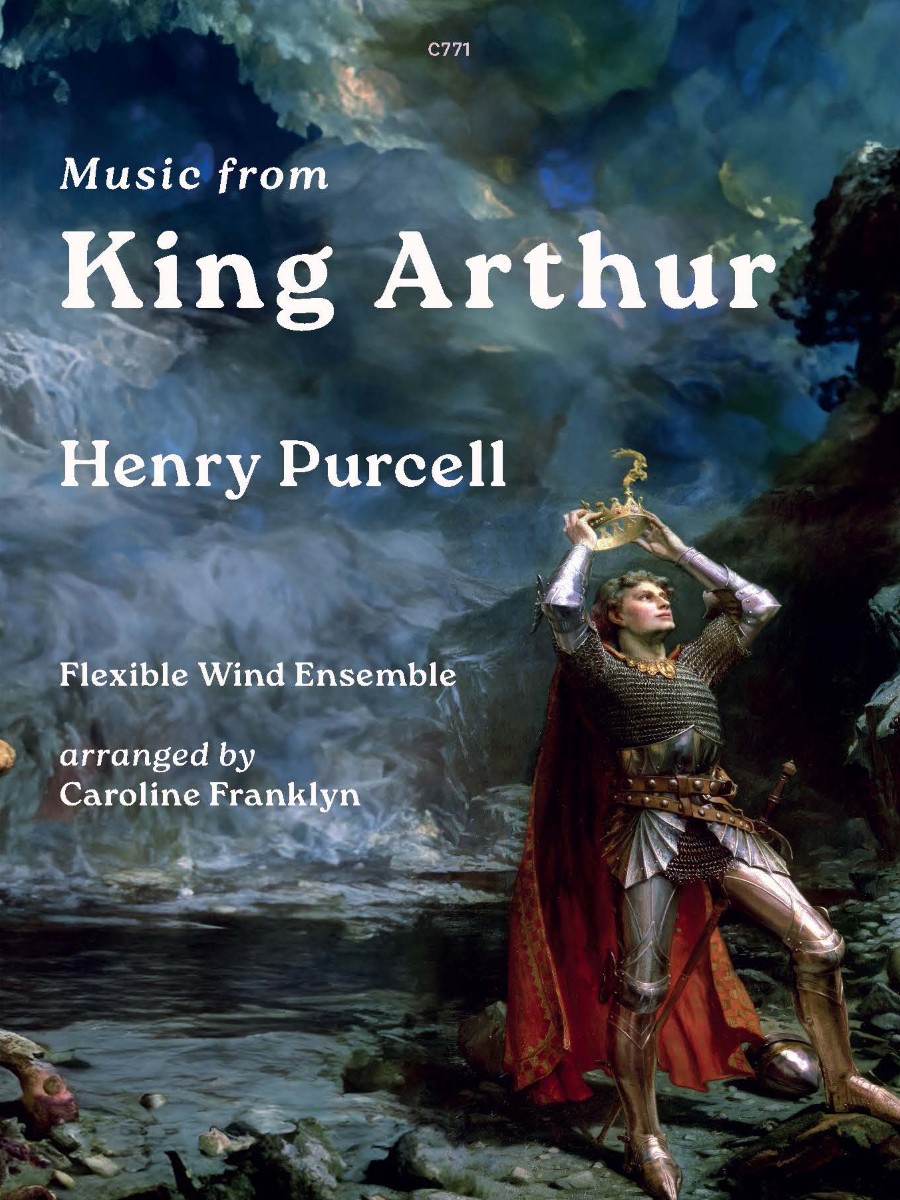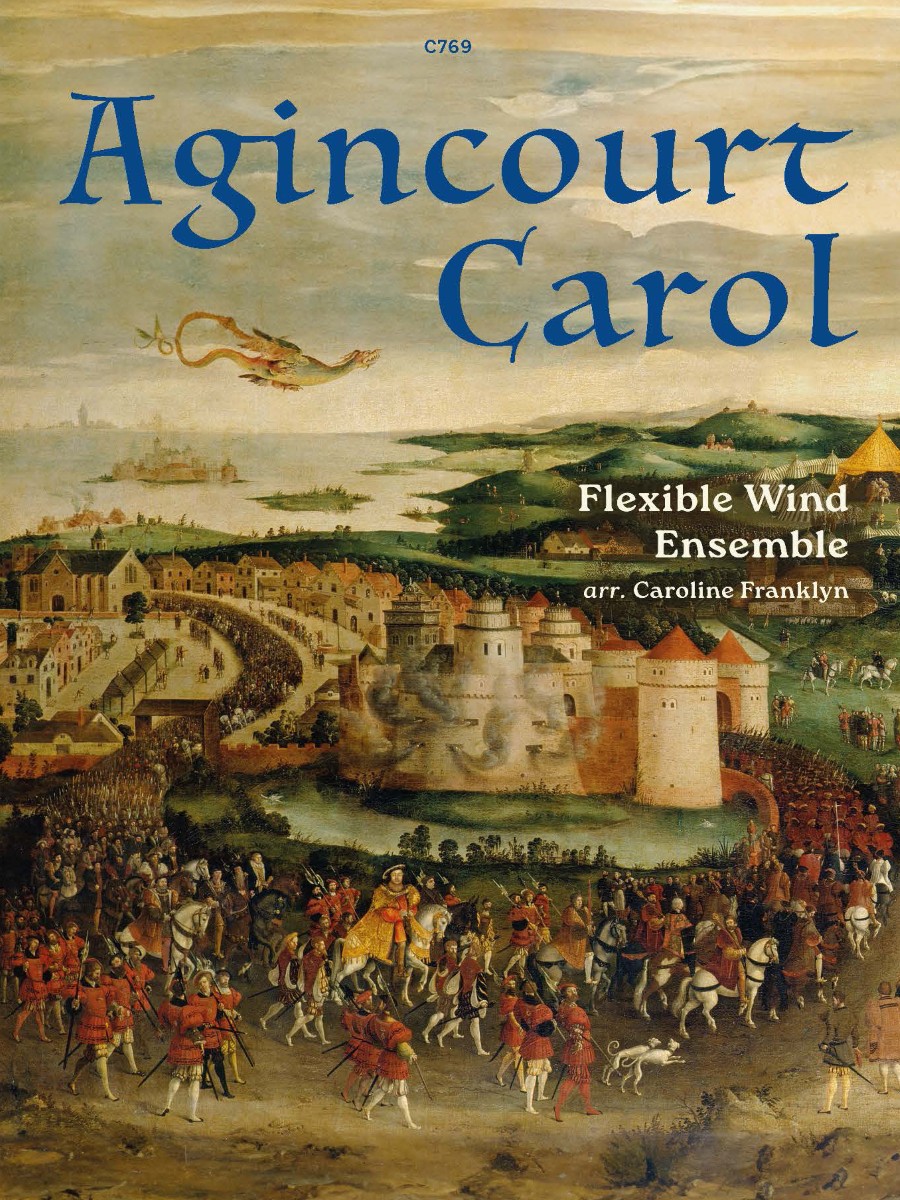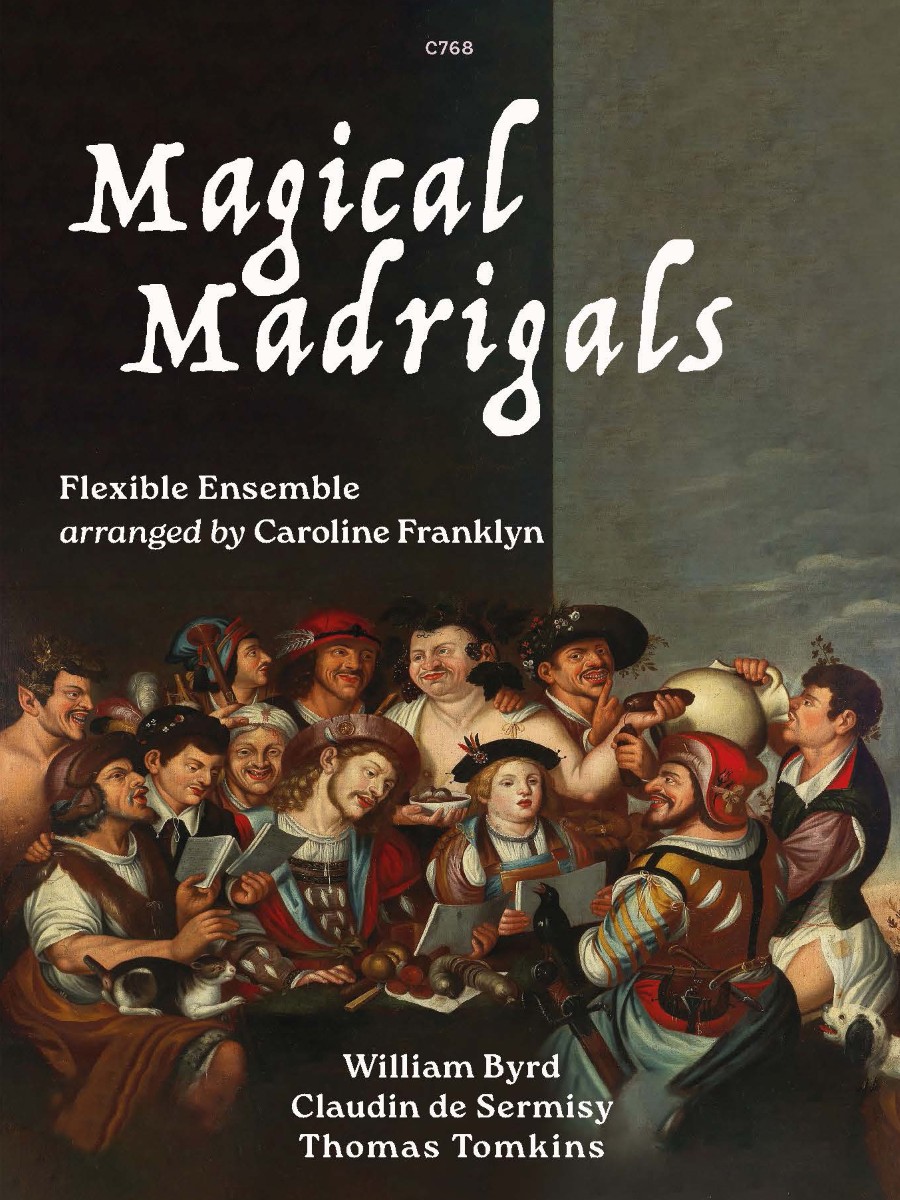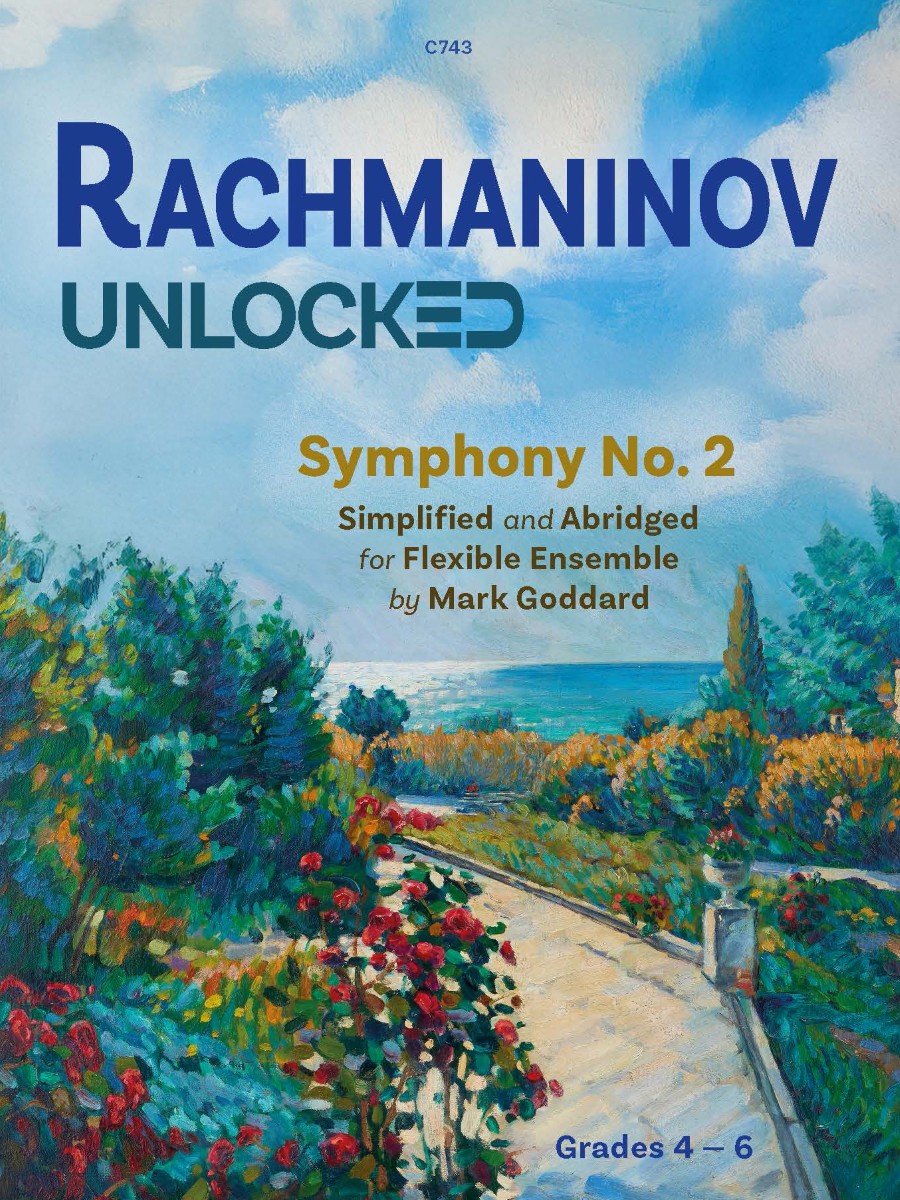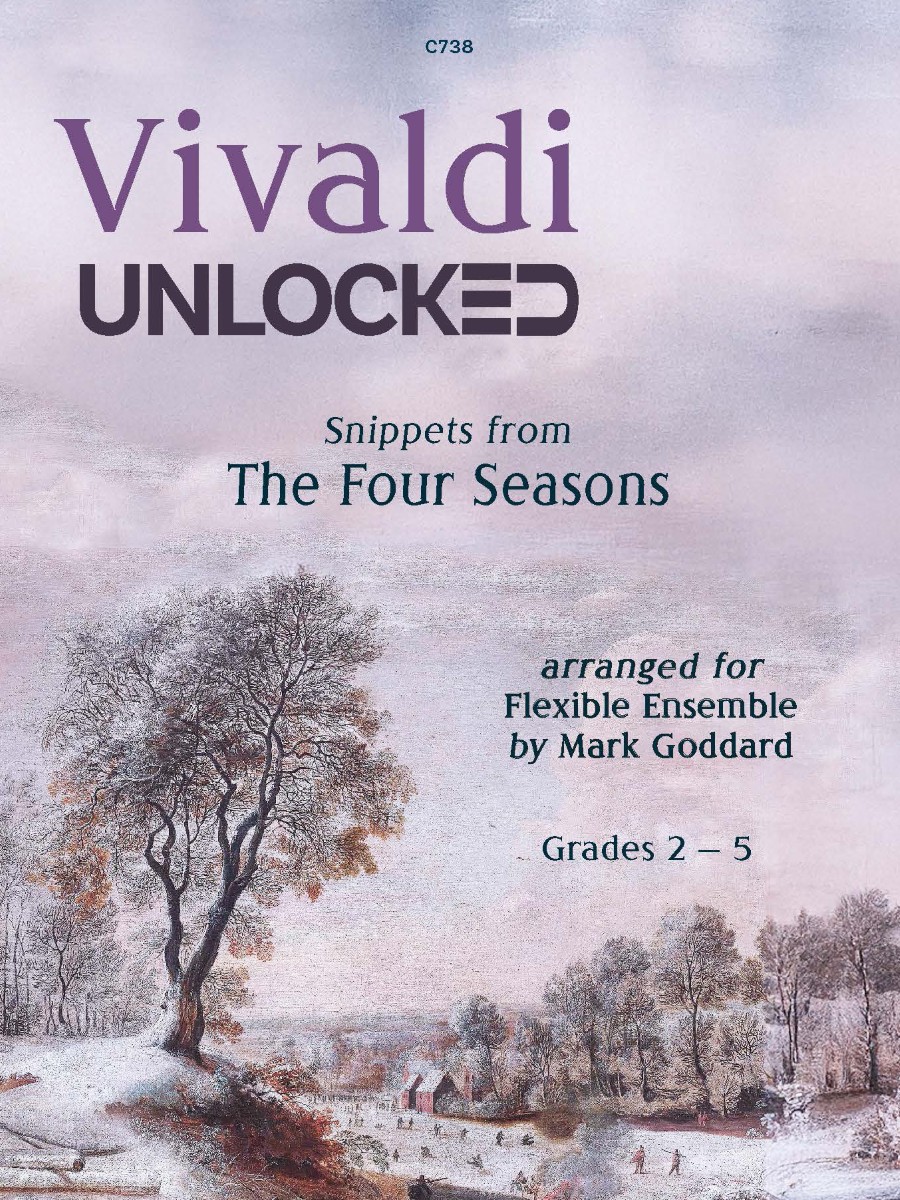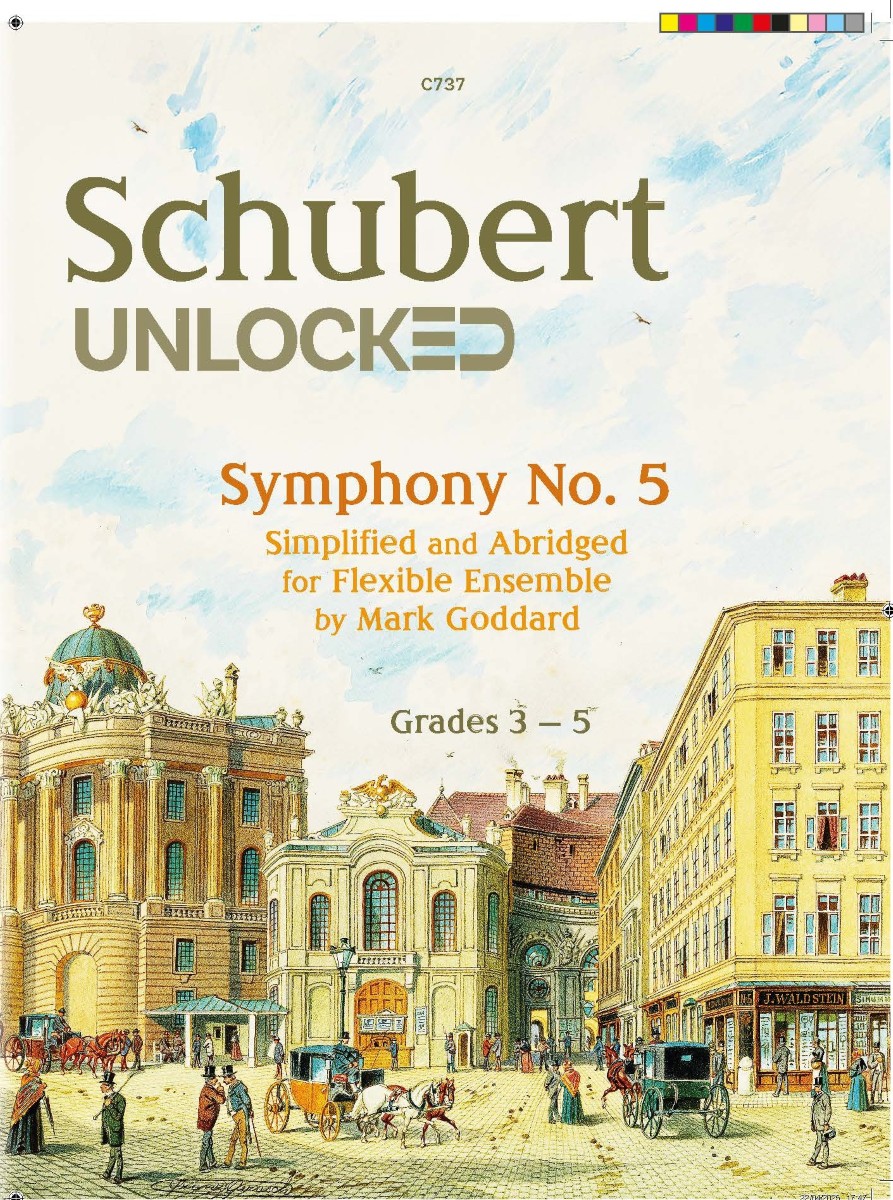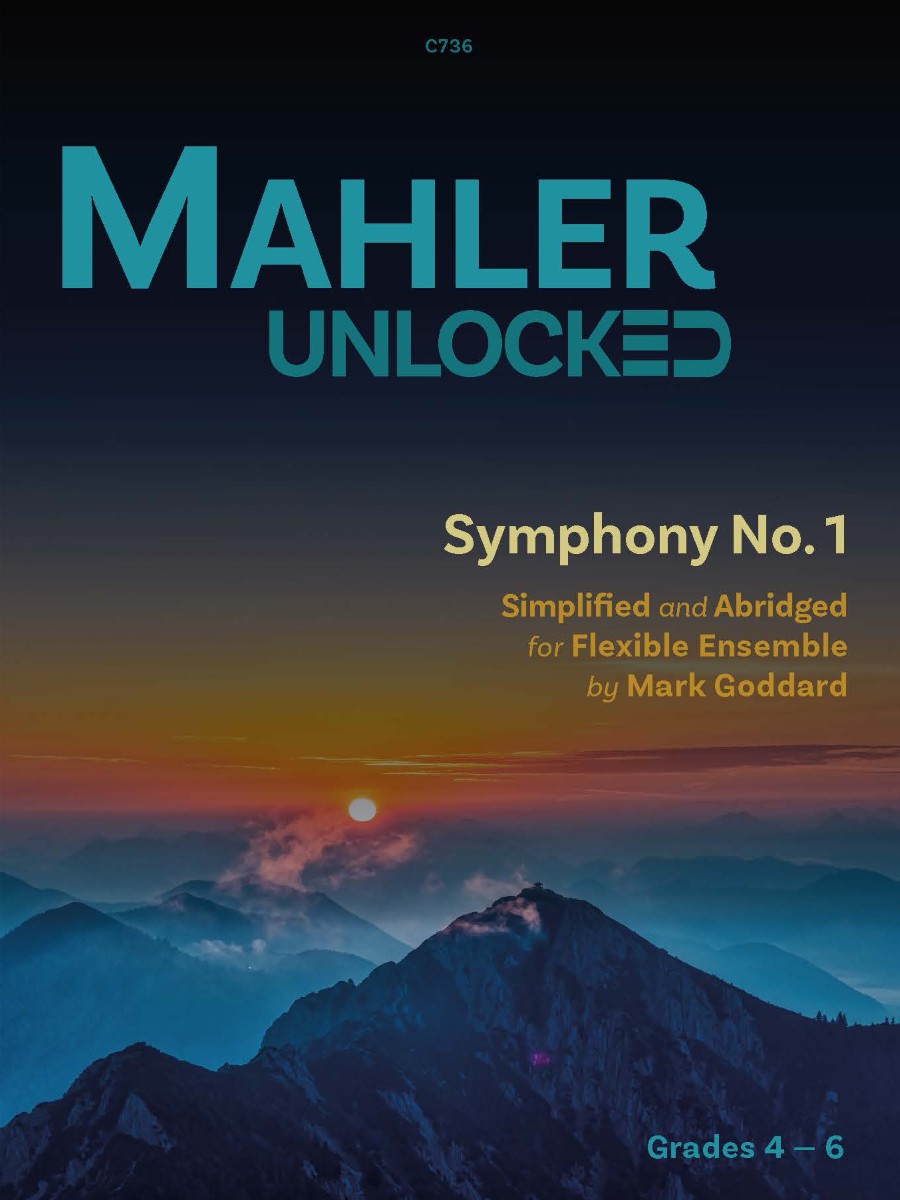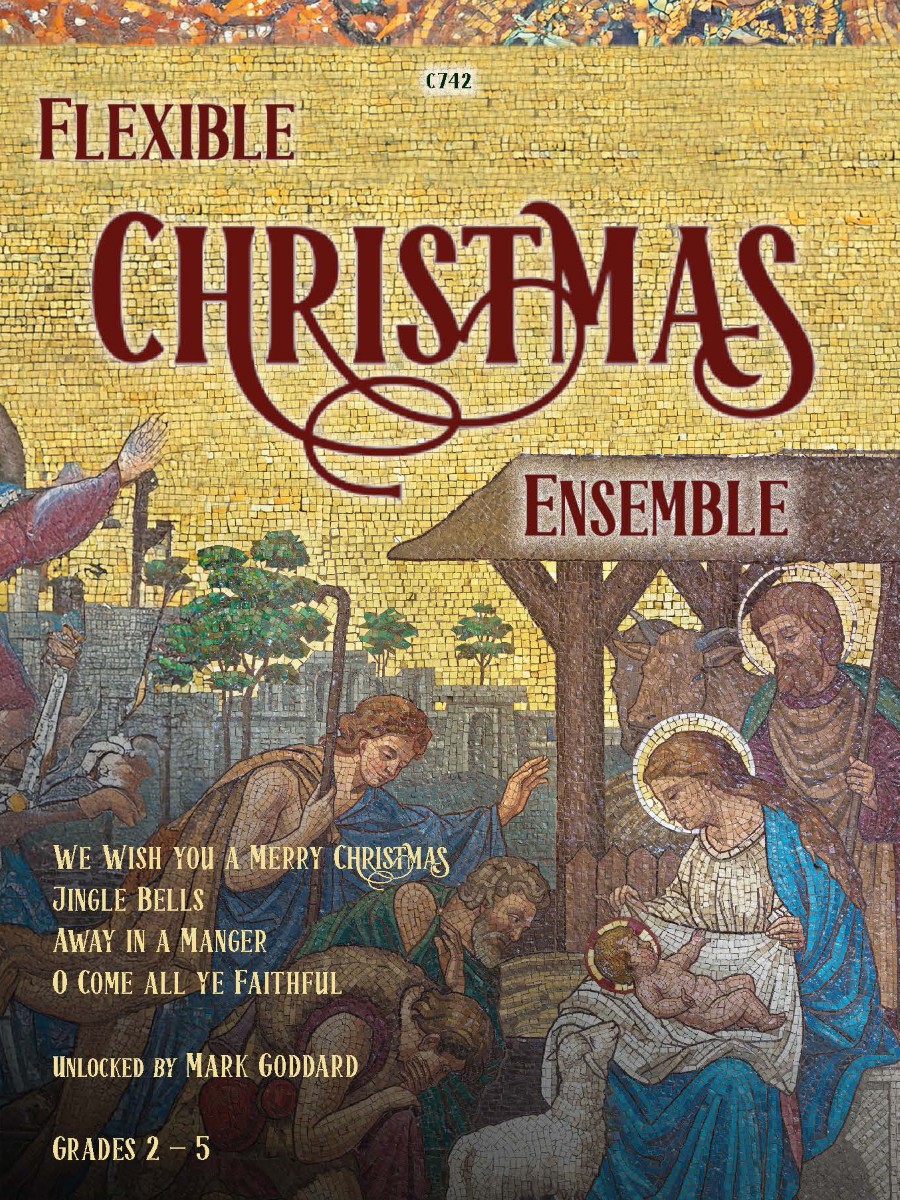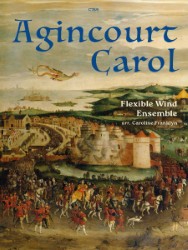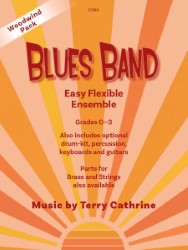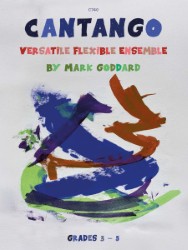Your basket is currently empty!
The Hunt (La Caccia)
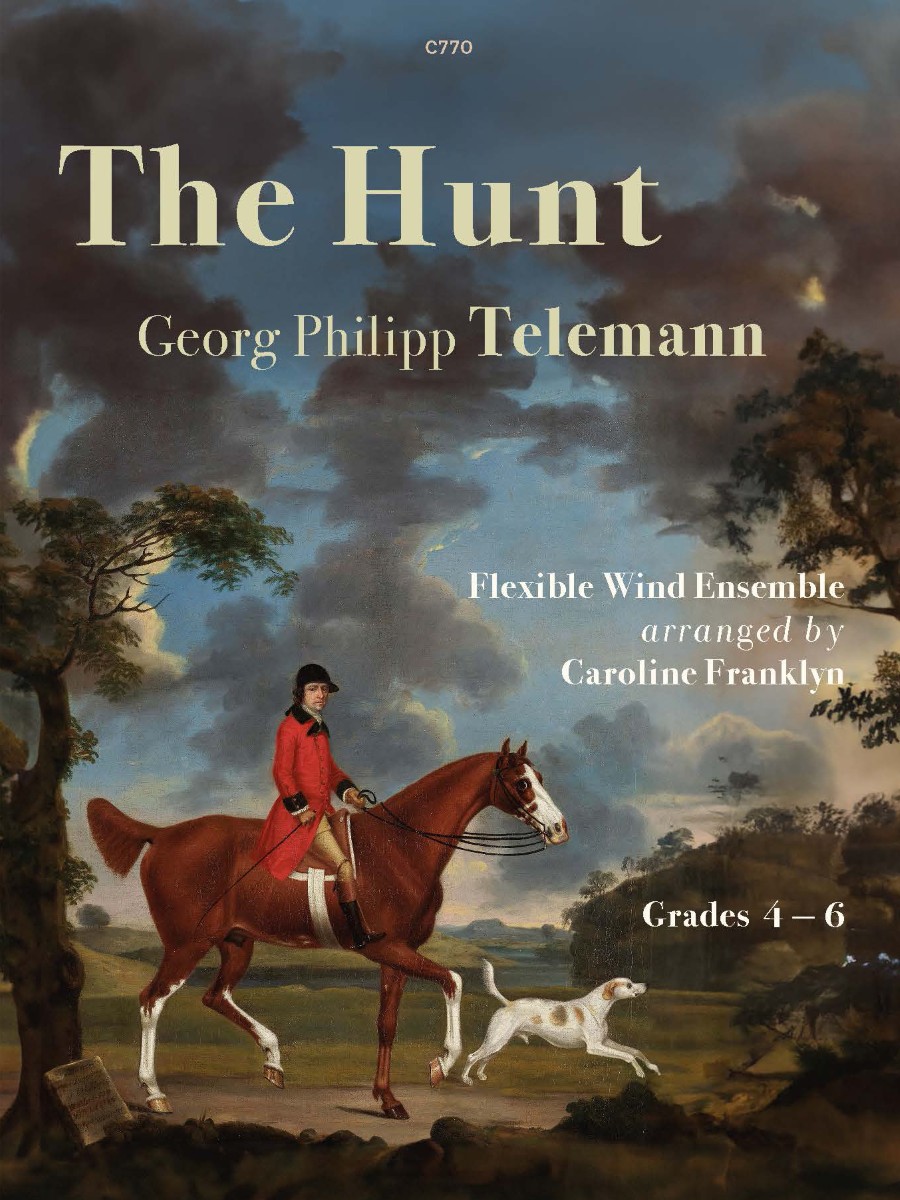
Description
La Caccia (The Hunt) is taken from Telemann’s Concerto for Violin in F major. It depicts a scene that, in his lifetime, was a …popular subject for artists and composers. Hunting, whether of the deer, the fox or the wild boar was, throughout Europe, regarded as an activity both necessary — ridding the country-side of annoying wild animals and acquiring game for food, and fashionable — an opportunity for the gentry to exhibit their horses, rich clothing and servants, and to indulge in danger, daring and disturbance through the fields and forests.
This musical picture of a hunt starts at dawn (misty, peaceful, dew-laden) the sun gradually rises, a church-bell is heard and the birds start twittering. And then the hunt is up, a hunting-horn starts it off, and we hear the galloping horses, the speed, excitement and noise, the horn sounding from right and left, and then bringing the hunt — and the piece — to a close.
Previous Published by Spartan Press
Former catalogue number: SP720
Instrumentation
This set contains: Full score plus the following parts:
Part 1: in C (Flute) and/or in Bb (Clarinet/Soprano Saxophone)
Part 2: in C (Flute/Oboe) and/or in Bb (Clarinet/Soprano Saxophone)
Part 3: in Bb (Clarinet) and/or in Eb (Alto Saxophone)
Part 4: in C (Bassoon) and/or in Bb (Bass Clarinet) and/or in Bb (Tenor Saxophone)
R.R.P £14.95
Our Price £12.71
Shipping Costs: No shipping

